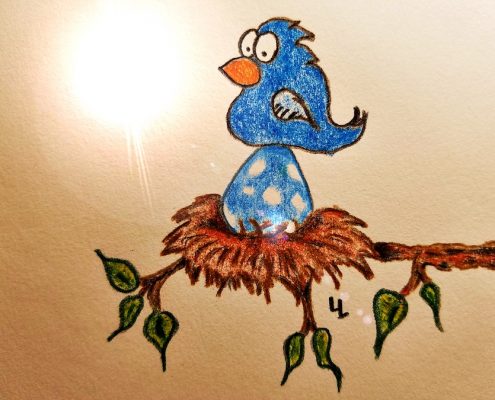Did you know …
The FBI maintains an Anonymous Letter File. The file is searchable and contains images of anonymous and threatening letters. Letters may be examined and compared to those from other cases. Original documents are preserved in the manner in which they were received. They may not be folded, stamped, written on, handled excessively, or altered in any way. Avoiding these problematic issues preserves unseen evidence, such as indented writing.
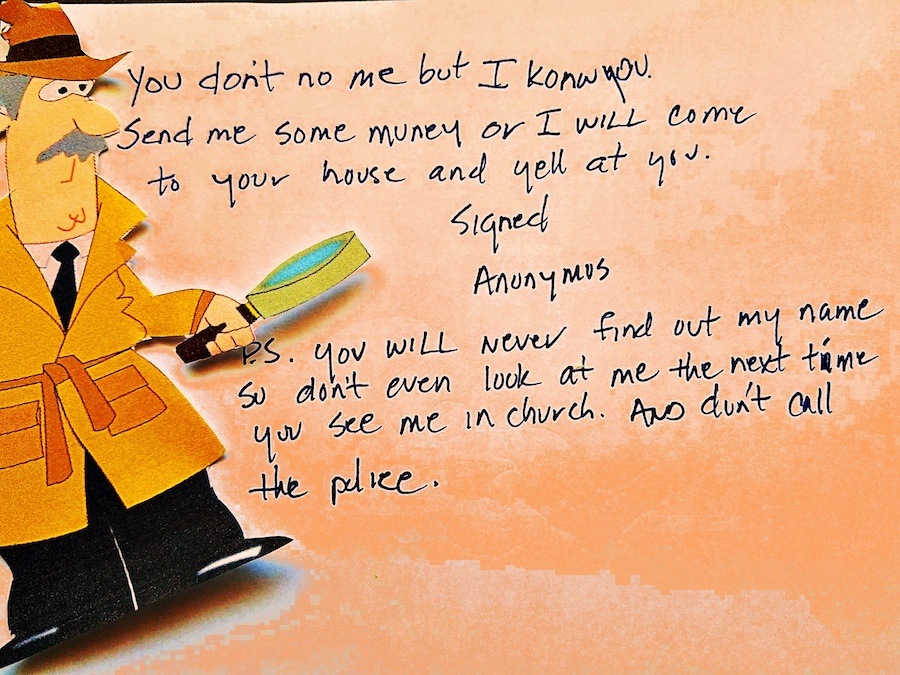
Bank Robbery Notes – Like the Anonymous Letter File, the FBI also maintains a searchable file containing images of notes used in bank robberies (“Gimmie all your money,” signed I.M. Wearingamask). Notes may be compared to others used in other robberies. Original notes are preserved in the condition in which they are received. They, too, are checked for unseen evidence.
Bullet Examinations
The FBI’s Forensic Services is available to examine fired bullets. Measurements collected are—bullet weight, specific design, caliber, direction and characteristics of the grooves (rifling) carved into the bullet by the lands and grooves formed into the barrels of rifles and handguns.
Lands are the raised portions between the grooves inside the barrel. They’re formed after the spiral grooves are cut to produce the rifling.
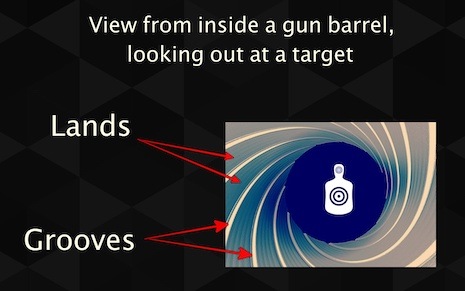
Bullets collected as evidence must be packaged separately to prevent contacting other bullets and/or other objects. Bullets are generally soft and easily marred by contact.
Spy Stuff!
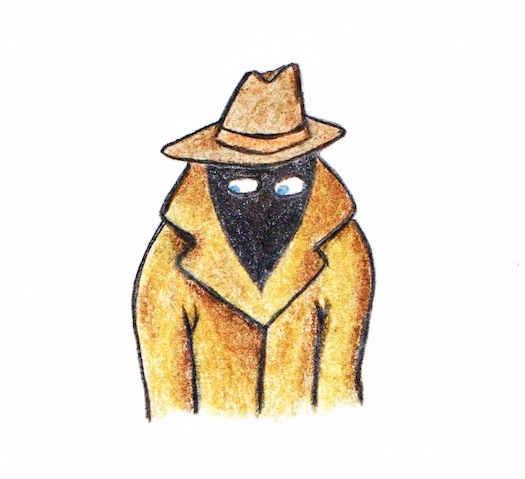
Coded messages are sometimes used by criminals such as terrorists, gang members, and even prison inmates. They devise the secret codes to relay messages they want to conceal from authorities and rivals/enemies.
Cryptanalysis
Knowing the content of these hush-hush communications is key to solving crimes and sometimes protecting life. Therefore, the FBI employs a team of Code Breakers whose job is to decipher the encrypted notes. They often find directives of murder, prison escape, confessions to crimes, drug activity, and more.
Collecting DNA Evidence – Bone, Tissue, Teeth
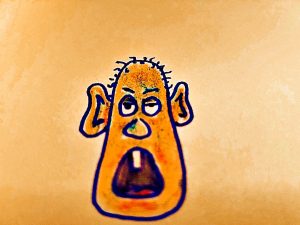
The FBI is quite specific about the evidence samples needed to complete proper testing/examination. The requirements for bone, teeth, and tissue are as follows:
- Submit whole bones, if possible. Cutting increases the risk of contamination
- Pick up bone and teeth using a clean gloved hand or some type of forceps
- Teeth are to be collected in order of preference for testing
- molar (no dental work)
- premolar (no dental work)
- canine (no dental work)
- front tooth (no dental work)
- molar (restored)
- premolar (restored)
- canine (restored)
- front tooth (restored)
Tissue
Handle/pick up tissue with clean gloved hand or forceps. The ideal sample would be 1-2 cubic inches of red skeletal muscle, placed into a clean, airtight container. NO Formalin! Samples may be frozen, placed in Styrofoam containers along with dry ice and shipped overnight to the FBI lab.
This One’s For the Birds!
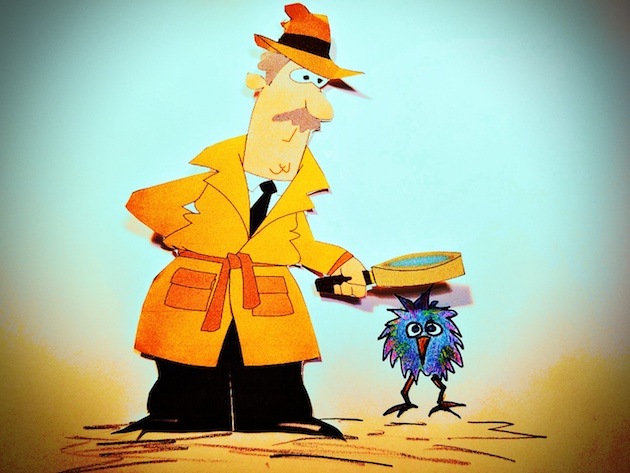
FBI experts are on hand to examine bird feathers. No, you didn’t imagine this. It’s very real. FBI scientists can determine species from feathers or bits of feather found on clothing, shoes, vehicles, etc. Then they compare those finds with feathers discovered at a crime scene. A positive match could place a suspect at the scene of a crime.
Feathers (evidence) are packaged in either paper or resealable plastic bags.
MURDERCON 2021
REGISTRATION IS OPEN!

2021 MurderCon takes writers behind the scenes, into places not typically traveled by anyone other than law enforcement and forensics experts.
I urge you to take advantage of this rare opportunity. It may not pass your way again.
MurderCon is a “killer” event!
Seats at this unique event for writers are LIMITED!

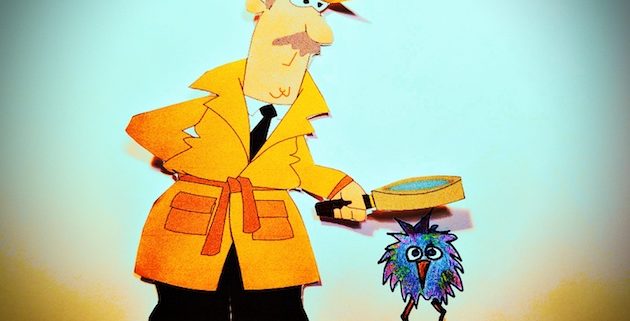
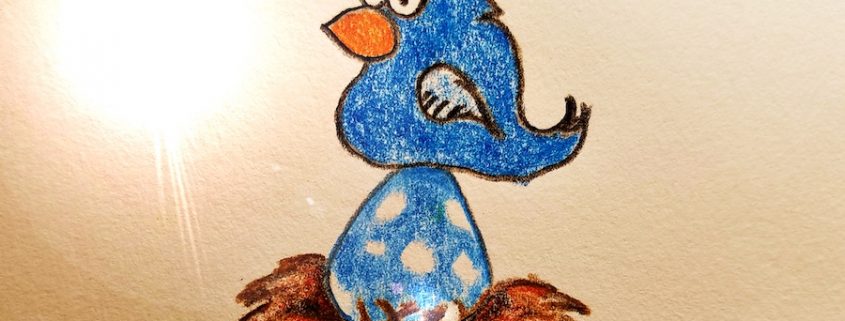
 But it was easier to catch chicken thieves back then than it is to catch modern day bird bandits, the bad guys who poach or kill birds of prey and/or steal their eggs. The eggs, by the way, are most often sold to collectors known as “eggers.”
But it was easier to catch chicken thieves back then than it is to catch modern day bird bandits, the bad guys who poach or kill birds of prey and/or steal their eggs. The eggs, by the way, are most often sold to collectors known as “eggers.”